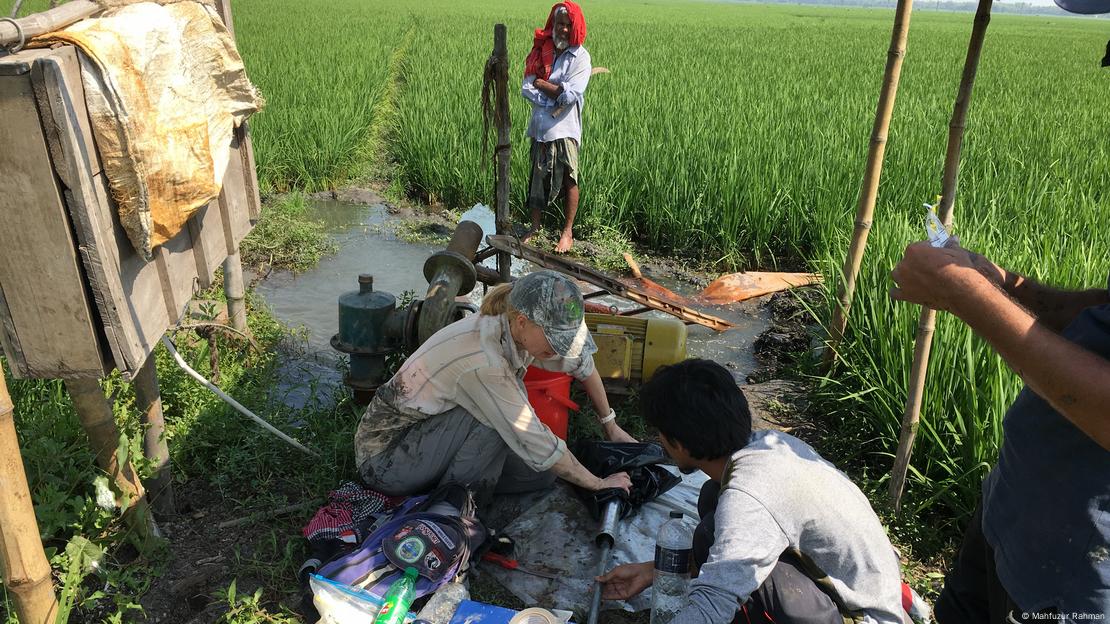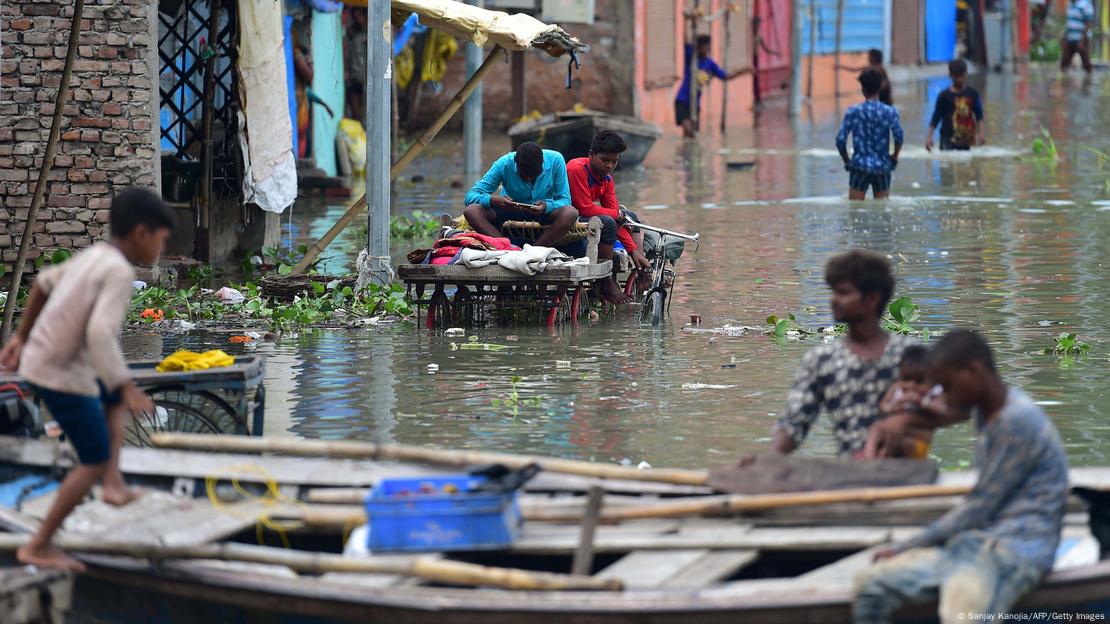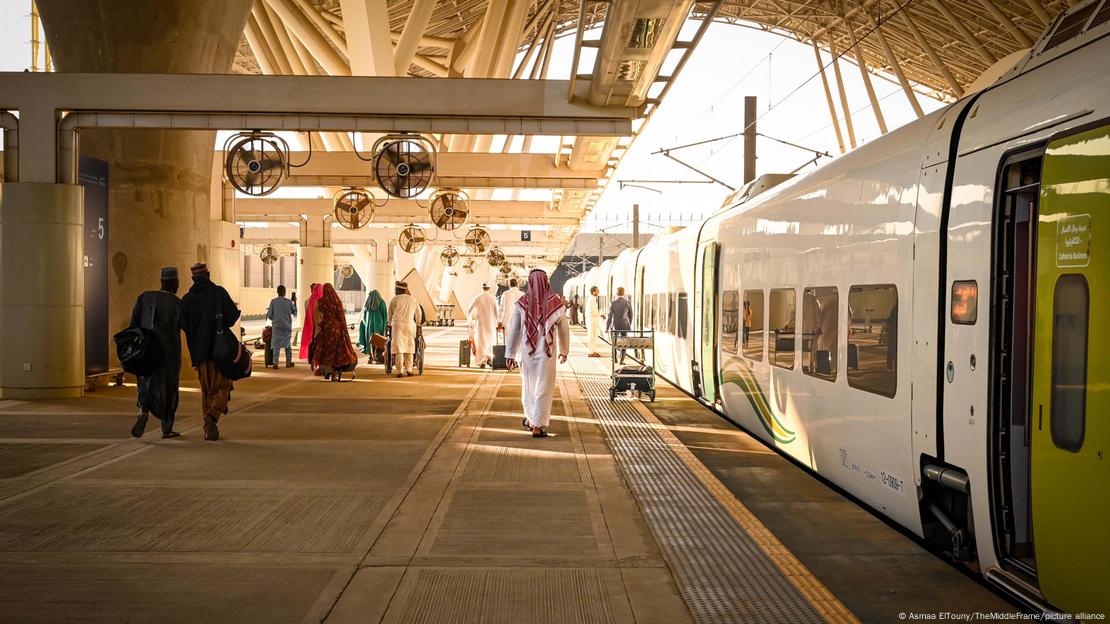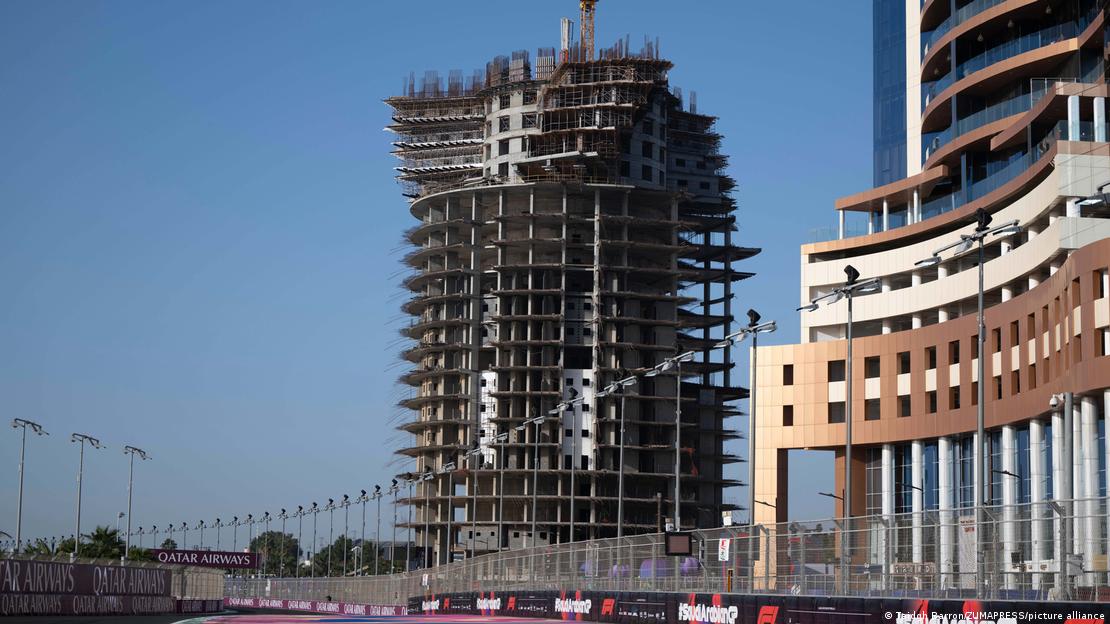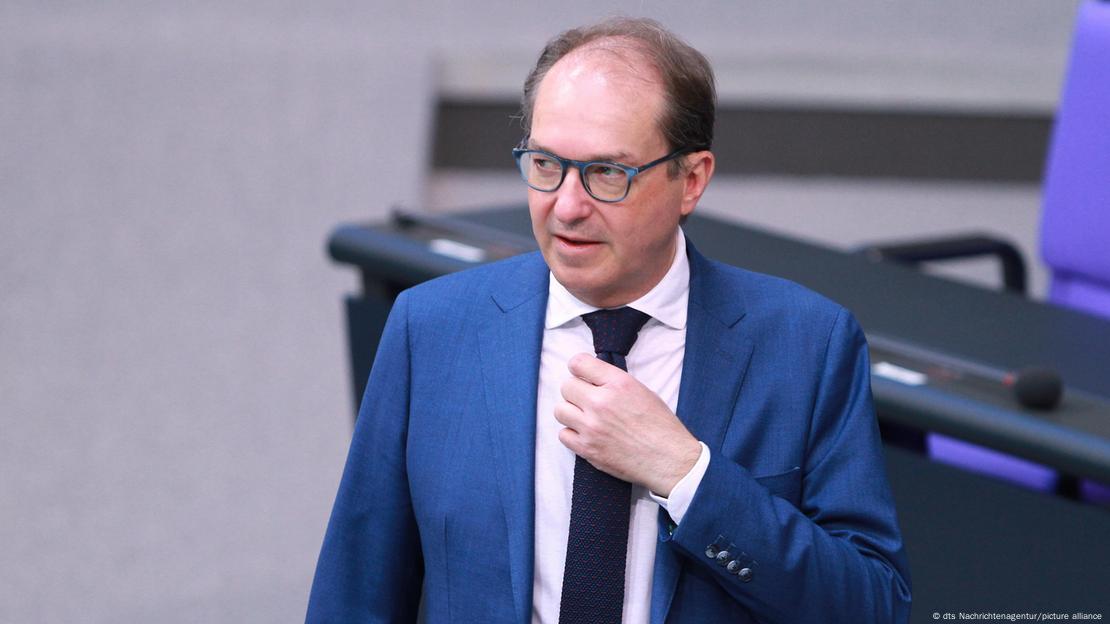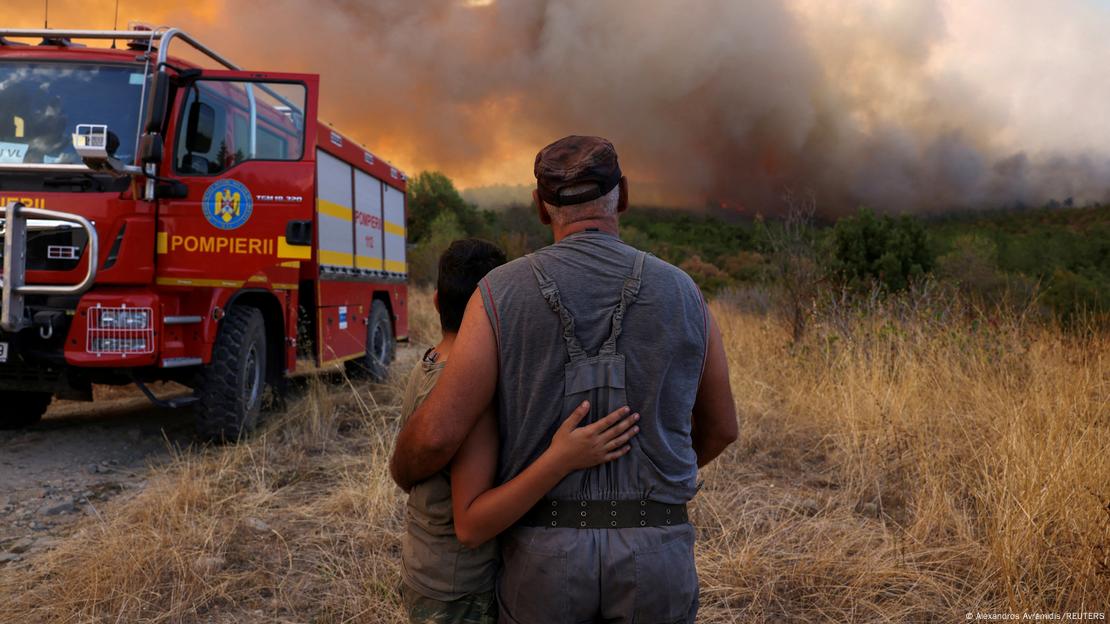
A Palestinian man walks through the rubble of destroyed buildings following an operation by Israeli Special Forces in the Nuseirat camp, in the central Gaza Strip, earlier this month. South Korean government officials and other organizations on Monday filed a series of charges leveled against top Israeli government officials, including Israel's president and Prime Minister Benjamin Netanyahu, for genocide and other alleged crimes against humanity in the war in Gaza.
Photo by Hatem Al-Rawag/UPI | License Photo
June 24 (UPI) -- South Korean government officials and other organizations on Monday filed a series of charges leveled against top Israeli government officials, including Israel's president and Prime Minister Benjamin Netanyahu, for genocide and other alleged crimes against humanity.
The South Korean lawsuit cites seven high-ranking Israeli officials, such as the country's President Isaac Herzog along with Netanyahu, Israeli Defense Forces Chief of Staff Herzi Halevi, Defense Minister Yoav Gallant, Foreign Minister Israel Katz, Finance Minister Bezalel Smotrich and National Security Minister Itamar Ben Gvir.
The charges were brought on by the People's Solidarity for Participatory Democracy, Asian Dignity Initiatives and more than 5,000 individuals, including two members of the country's National Assembly who contend Israel has committed multiple crimes since the October 7 war with Hamas began.
The "key allegations" against Israeli government officials point to, specifically: genocide, crimes against humanity, war crimes against humanitarian activities, and war crimes using forbidden weapons and means.
"The indictment signifies that some 5,000 co-accusers have acknowledged that a genocide occurred in Gaza. They are not only mourning but also insisting that the perpetrators be harshly punished according to South Korean law," Lee Dong-hwa, an ADI team manager, said in a written statement.
The group filed the charges under the 2007 Act on Punishment of Crimes under Jurisdiction of the International Criminal Court.
"Common sense dictates that even when war crimes are committed outside of South Korea, they should be investigated according to the law and principles, and the perpetrators should be punished according to the severity of the crime," Dong wrote.
This is the most recent effort since the United Nations Security Council recently passed a U.S.-drafted resolution calling for a Gaza cease-fire, and the immediate release of all hostages held by Hamas in the Gaza Strip, to try and hold Israeli officials accountable for the allegedly over 34,000 dead in Gaza.
Brazil's president in February compared what he called the genocide of Palestinian people to the Holocaust
"What's happening in the Gaza Strip isn't a war, it's a genocide," Brazilian President Lula da Silva said in remarks at the time while in Ethiopia for the African Union summit. "It's not a war of soldiers against soldiers. It's a war between a highly prepared army and women and children."
This latest effort by South Korea is now another in series of other formal complaints lodged against Israel.
The United Nations Human Rights Council in April adopted a resolution calling for Israel to be held accountable for what it called war crimes in Gaza, urging an immediate cease-fire. The 28 to 6 yes vote had 13 abstentions with the United States voting no.
South Africa last December filed a case in the U.N.'s International Justice Court accusing Israel of acts of "genocidal in nature" in its occupation of Gaza, followed by Egypt last month in May and the Arab League.
That was followed in January by the International Court of Justice in the Hague, the Netherlands, that ordered Israel to take immediate steps to end atrocities in Gaza in its war with Hamas, which Israel and the United States blasted at the time as baseless.
June 24 (UPI) -- South Korean government officials and other organizations on Monday filed a series of charges leveled against top Israeli government officials, including Israel's president and Prime Minister Benjamin Netanyahu, for genocide and other alleged crimes against humanity.
The South Korean lawsuit cites seven high-ranking Israeli officials, such as the country's President Isaac Herzog along with Netanyahu, Israeli Defense Forces Chief of Staff Herzi Halevi, Defense Minister Yoav Gallant, Foreign Minister Israel Katz, Finance Minister Bezalel Smotrich and National Security Minister Itamar Ben Gvir.
The charges were brought on by the People's Solidarity for Participatory Democracy, Asian Dignity Initiatives and more than 5,000 individuals, including two members of the country's National Assembly who contend Israel has committed multiple crimes since the October 7 war with Hamas began.
The "key allegations" against Israeli government officials point to, specifically: genocide, crimes against humanity, war crimes against humanitarian activities, and war crimes using forbidden weapons and means.
"The indictment signifies that some 5,000 co-accusers have acknowledged that a genocide occurred in Gaza. They are not only mourning but also insisting that the perpetrators be harshly punished according to South Korean law," Lee Dong-hwa, an ADI team manager, said in a written statement.
The group filed the charges under the 2007 Act on Punishment of Crimes under Jurisdiction of the International Criminal Court.
"Common sense dictates that even when war crimes are committed outside of South Korea, they should be investigated according to the law and principles, and the perpetrators should be punished according to the severity of the crime," Dong wrote.
This is the most recent effort since the United Nations Security Council recently passed a U.S.-drafted resolution calling for a Gaza cease-fire, and the immediate release of all hostages held by Hamas in the Gaza Strip, to try and hold Israeli officials accountable for the allegedly over 34,000 dead in Gaza.
Brazil's president in February compared what he called the genocide of Palestinian people to the Holocaust
"What's happening in the Gaza Strip isn't a war, it's a genocide," Brazilian President Lula da Silva said in remarks at the time while in Ethiopia for the African Union summit. "It's not a war of soldiers against soldiers. It's a war between a highly prepared army and women and children."
This latest effort by South Korea is now another in series of other formal complaints lodged against Israel.
The United Nations Human Rights Council in April adopted a resolution calling for Israel to be held accountable for what it called war crimes in Gaza, urging an immediate cease-fire. The 28 to 6 yes vote had 13 abstentions with the United States voting no.
South Africa last December filed a case in the U.N.'s International Justice Court accusing Israel of acts of "genocidal in nature" in its occupation of Gaza, followed by Egypt last month in May and the Arab League.
That was followed in January by the International Court of Justice in the Hague, the Netherlands, that ordered Israel to take immediate steps to end atrocities in Gaza in its war with Hamas, which Israel and the United States blasted at the time as baseless.








